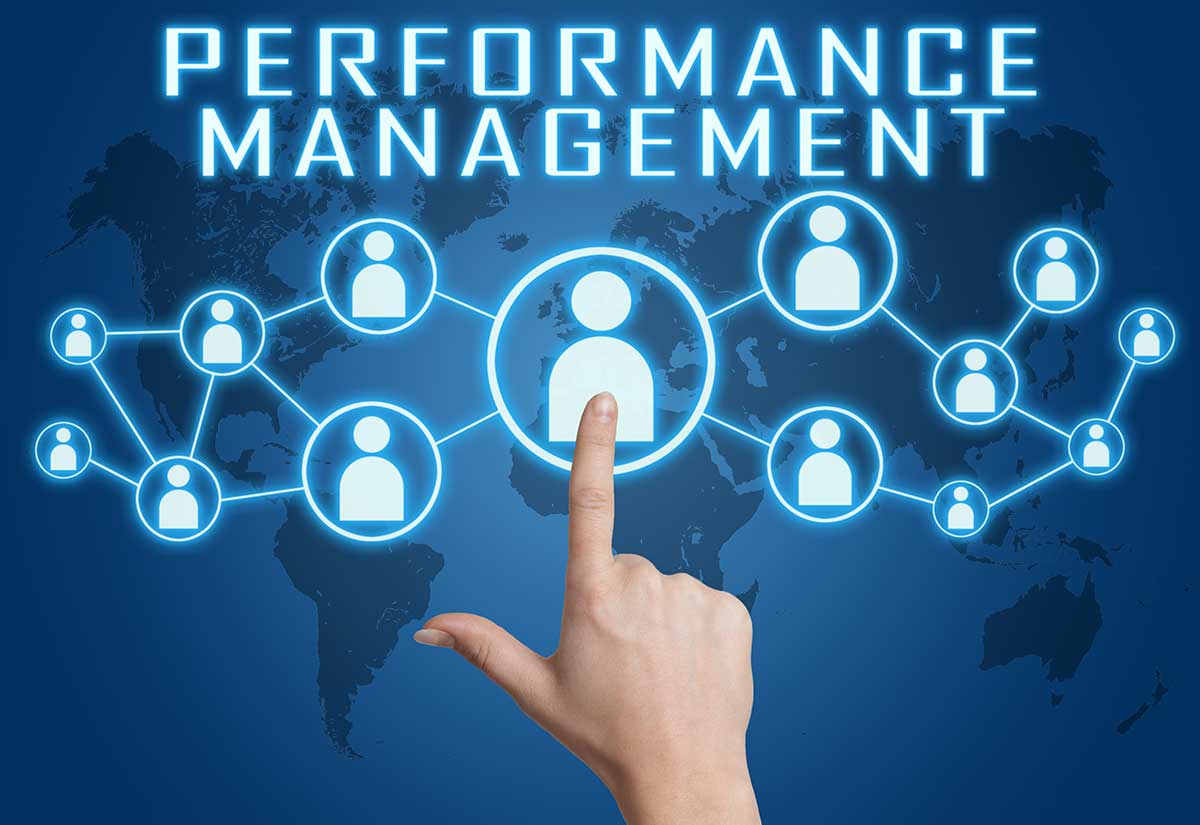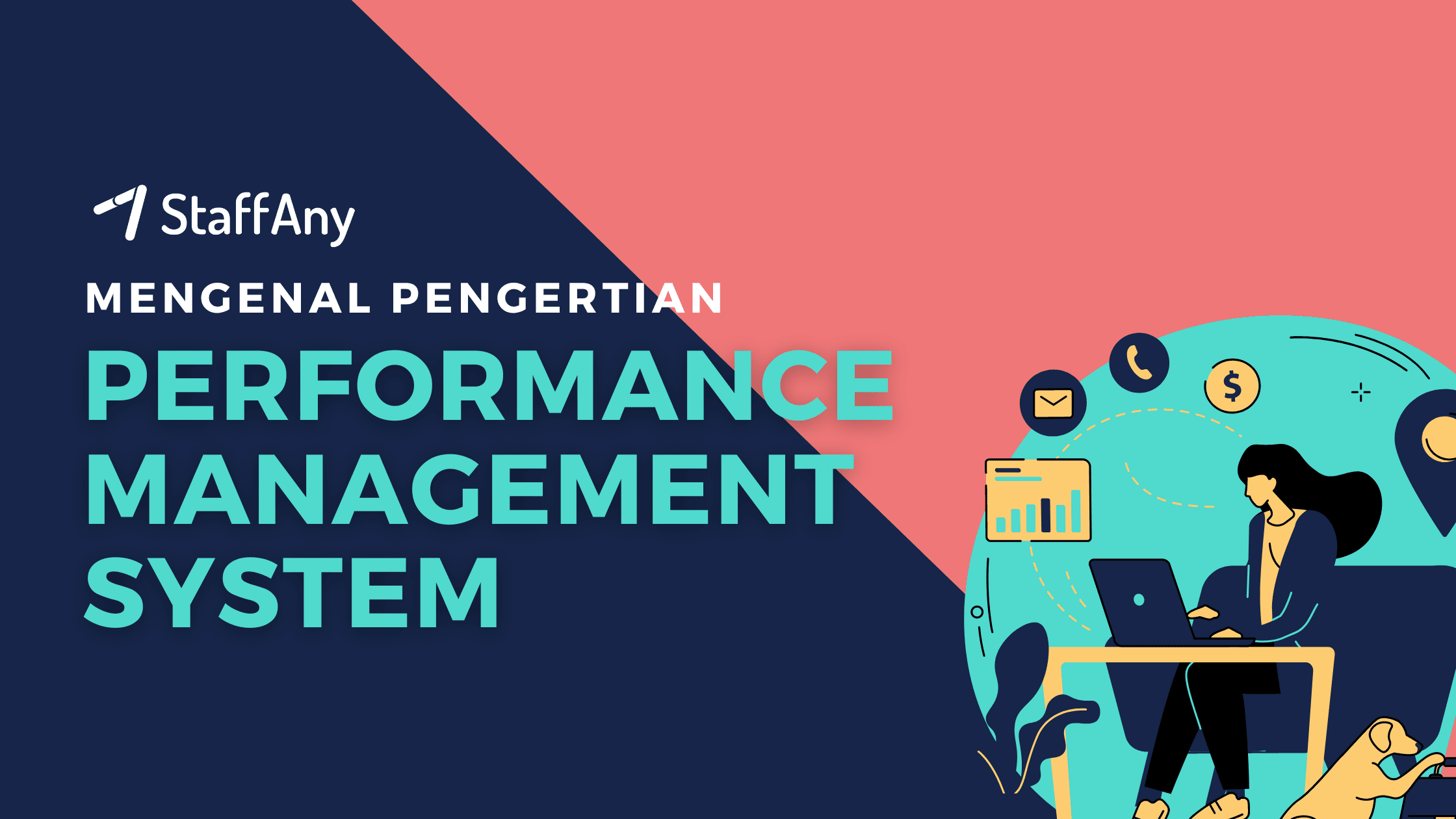
Performance management
Performance management. It sounds so… formal. Like something you’d only encounter in stuffy boardrooms with PowerPoint presentations and awkward silences. But the truth is, performance management is simply about making sure you and your team are working towards the same goals and achieving the best possible results.
Think of it like this: you’re on a road trip with friends. You’ve got a destination in mind, but you need to make sure everyone’s on the same page about the route, the stops you’ll make, and how you’ll get there. Performance management is that roadmap, those regular check-ins to ensure everyone’s staying on track and having a good time.
Why Bother with Performance Management?

You might be thinking, “We’re a small team/I’m a freelancer/I just kinda wing it, and it seems to work!” And you know what? Maybe it does. But here’s why a little structure can go a long way:
Increased Productivity
Clear Goals: When everyone knows what they’re working towards, it’s easier to stay focused and avoid distractions.
Better Decision-Making
Data-Driven Insights: Performance data provides valuable insights into team strengths and weaknesses, helping you make informed decisions about resource allocation, training needs, and future strategies.
Improved Employee Engagement

Increased Transparency: Open and honest feedback fosters trust and transparency between managers and employees.
Key Components of Effective Performance Management
1. Setting Clear Goals
SMART Goals: Ensure your goals are Specific, Measurable, Achievable, Relevant, and Time-bound. Instead of “Increase sales,” try “Increase sales by 15% in the next quarter by launching a new marketing campaign.”
2. Providing Regular Feedback
Frequent Check-ins: Don’t wait for annual reviews. Schedule regular one-on-one meetings with your team members to provide ongoing feedback and answer any questions.
3. Recognizing and Rewarding Success
Public Recognition: Acknowledge and celebrate team and individual successes in team meetings, company newsletters, or social media.
Performance Management Tools and Techniques
Performance Review Software: Tools like BambooHR, 15Five, and Google Workspace can help you streamline the performance review process, track progress, and automate tasks.
Tips for Making Performance Management More Relaxed
Focus on the Conversation: Treat performance reviews as a conversation, not a judgment. Create a safe and open environment for honest and constructive dialogue.
Conclusion
Performance management doesn’t have to be a dreaded chore. By focusing on open communication, clear goals, and regular feedback, you can create a culture of continuous improvement and build a high-performing team. Remember, the goal is to help your team succeed, not to nitpick and criticize.
So, ditch the stuffy jargon and embrace a more relaxed approach to performance management. You’ll be surprised at how much more effective and enjoyable the process can be.